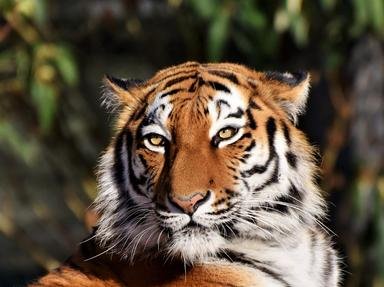Quiz Answer Key and Fun Facts
1. First, some technical jargon. Which of these four binomial names is a match for the Canada lynx?
2. The modern name of 'lynx' comes from the Greek, through Latin and Middle English, until today we use it to refer to the cat species in question. What was its original meaning?
3. The Canada lynx is the National Animal of Canada.
4. While not limited to this terrain, the Canada lynx is most comfortable living in which bio-region, that covers 60% of Canada's landscape?
5. In the winter the Canada lynx has long, silvery-brown fur, but in the summer it is shorter and reddish-brown. The triangular ears have black tufts, the face is framed by black-tipped mutton chops, and the tip of the short tail is also black.
One documented 'mutation' of the species (roughly one or two in a thousand) is referred to as 'dilute'. What is the name for this rare variant of the Canada lynx?
6. The Canada lynx's North American cousin, the bobcat, looks very similar at first glance. Which of these is NOT one of the differences to help tell them apart?
7. Records regarding the size and density of the Canada lynx population go back to the mid 1730s. Which organization produced these records?
8. While it will dine on other creatures from time to time, the Canada lynx has a favourite meal that it hunts almost exclusively. Even having four lucky feet won't help which tasty prey?
9. The mating season of the Canada lynx is for one month in the spring, and after a two to three month gestation period, a litter can range between one to eight offspring. What are baby lynxes called?
10. In the wild, the lifespan of the Canada lynx is comparable to that of the common domestic cat. How long is that?
Source: Author
reedy
This quiz was reviewed by FunTrivia editor
rossian before going online.
Any errors found in FunTrivia content are routinely corrected through our feedback system.

